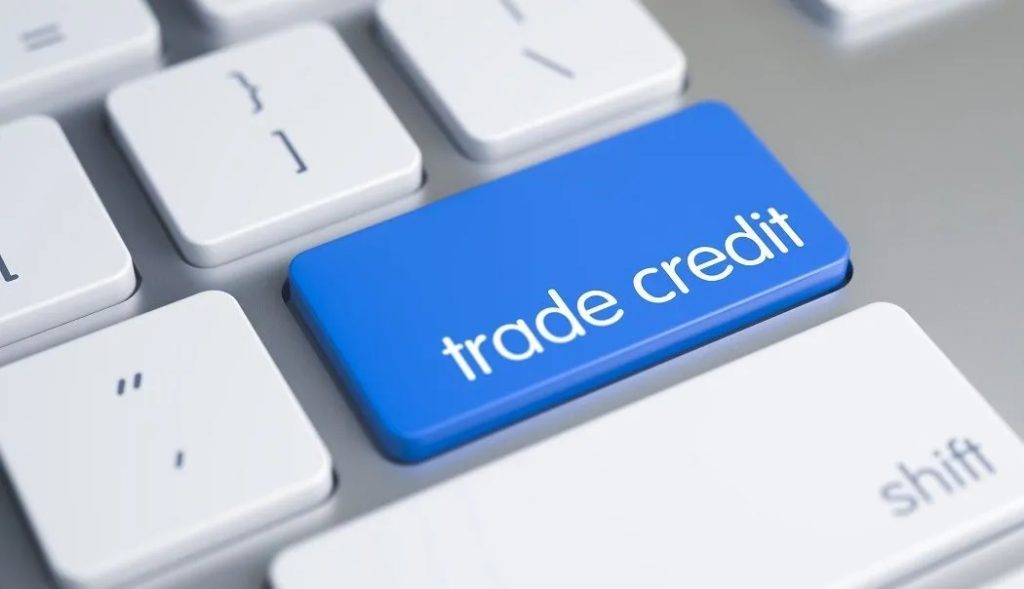
Trade credit, a sort of vendor financing that provides clients extra time to pay for their goods, is one of these financial options. Learn more about trade credit’s operation and the advantages it provides for businesses of all sizes.
What is?
You could be given more time to pay after making a purchase from a merchant rather than having your money processed at the sale point. Trade credit is another name for this business-to-business (B2B) invoicing arrangement.
It’s possible to pay for your order in accordance with the conditions of the financing arrangement without having to pay in cash up advance.
Trade credit often comes with 30-day, 60-day, or even 90-day invoicing periods, while 90 days is the most typical duration. You will receive an invoice with an expiration date for the trade credit when you make your initial purchase. Your invoice’s remaining balance would become payable in full at that point.
When you utilize a trade credit line, there are normally no finance costs, fees, or interest. There could be a maximum number of unpaid invoices you can have, though. Newer companies typically have lower trade credit limits and shorter terms of payment.
When engaging with a trade credit vendor for the first time, brand-new, untested firms are most frequently granted a 30-day trade credit.
How Does It work?
The seller could give you trade credit when you place your order or provide you with an application to do so. Once accepted, you’ll have such a trade credit limit that you can’t go over and may decide whether to use it for all or part of your transaction. You are not required to pay back everything you finance immediately.
Your invoice is deemed fully due after the trade credit conditions expire (often in 30 to 90 days). Anything you owe money on must be paid.
Otherwise, the seller may impose late penalties, interest, or even place the outstanding balance on a payment method you specified when opening your account (like another credit card).
The benefit of trade credit would be that purchasers may order items and even have them dispatched to them immediately without having to raise the funds up front.
It is feasible to sell some or all of an order between the time it is placed, and the time payment is due, increasing the order’s liquidity and freeing up more cash for retail and wholesale enterprises.
Some suppliers provide a pre – payment incentive for invoices paid earlier or in whole at the time of order as an alternative to negotiating credit terms.
Who Uses Trade Credit and Why?
When clients struggle to get other types of credit, such as a company credit card or an SBA loan, vendors provide trade credit to make sure they can still afford to make purchases. While less risky than open-ended credit or loan funding, this option keeps the orders coming in.
Trade credit terms are available to any company that requires longer time to pay and either prefers to forgo regular credit or cannot obtain standard financing.
For sellers who would lose out on business by demanding upfront payment, trade credit is indeed preferred. The products or services acquired might assist a corporation in generating income by extending invoice due dates by even only 30 days.



 Ways to earn an extra $ 1000 per month
Ways to earn an extra $ 1000 per month  The best ways available to earn money as a child
The best ways available to earn money as a child  Best investments that are considered less risky
Best investments that are considered less risky